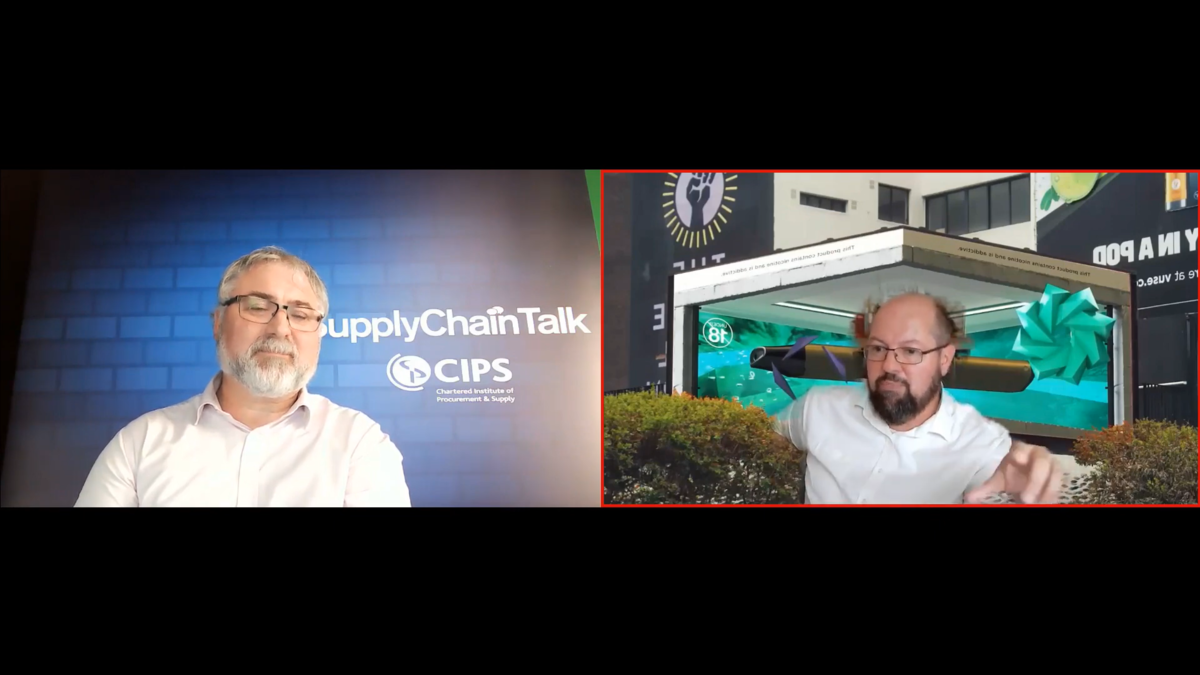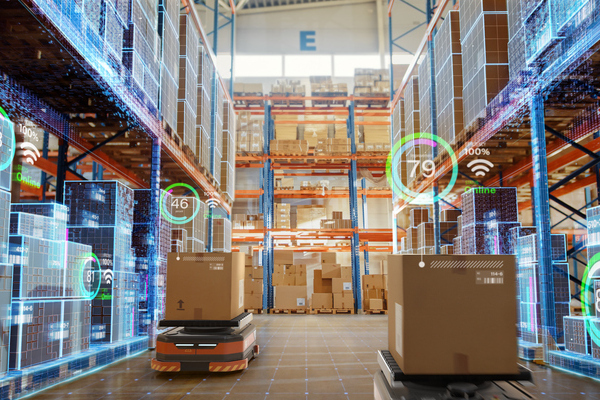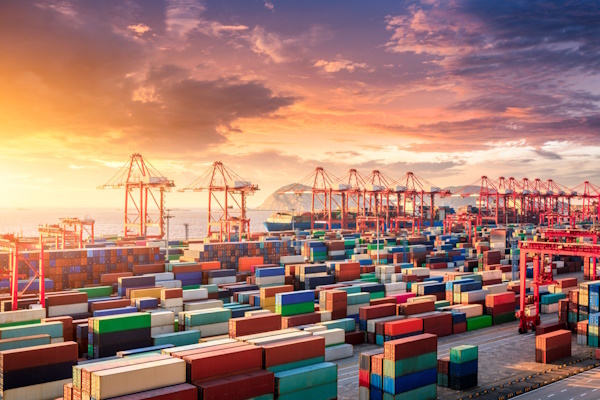SupplyChainTalk: Turning last-mile delivery and fulfilment processes into a competitive advantage

Supply Chain Talk host Ian Schollar was joined by Leonardo Marins, Head of logistics, Europe and North Africa, BAT.
Views on news
According to a study by Descartes and SAPIO Research, 65% of respondents think twice about ordering online due to the environmental impact. Environmental awareness is greatest in Europe, where France (78%) and Germany (77%) are the most concerned, while Canada (60%) and the U.S. (57%) are the least.
Retailers need to move quickly on this opportunity while there’s still time for it to be a brand and competitive enhancer. Businesses offering fast delivery should also educate their customers about the environmental impact of their choices.
Many businesses offer the option of delivering to lockers in supermarkets as the preferred type of delivery. Encouraging customers to take out monthly subscriptions is also a great way to make deliveries more predictable and easier to optimise.
Although it’s a rather complex ecosystem, sellers need to take the lead and choose delivery companies that offer greener services.
The onus is on retailers to build an infrastructure -both internal and external – that can support the shift to more environmentally friendly logistics and last-mile delivery solutions. One positive change that the pandemic has brough about is that warehouses are now closer to customers, which should be better leveraged to decrease carbon footprints.
Often, green delivery options involving electric cars will cost more for both the manufacturer and the consumer, which the model has to absorb somehow, while these delivery firms may also require long term commitment to ensure that their investments will pay off.
Optimising last-mile delivery to improve profitability
Although distribution channels may vary, the last mile delivery is about how items are shipped from the last depot to customers.
Packaging and the number of accessories provided with electronic devices have been on the decrease for the last couple of years to cut shipping costs. Logistics and shipping have ceased to be cost centres and are now an integral part of the marketing strategy.
There are several areas where you can optimise delivery – truck fuel rates, selecting carriers with most cost-efficient offerings and optimising the logistics network.
There are a couple of different warehousing strategies too: large warehouses combined with smaller fulfilment centres closer to consumers; outsourcing these functions to third parties, which, on the downside, will eat into your margins; or a hybrid version, where you have your own logistics hubs but goods from there are moved to injection points in a third-party carrier’s network, where the original packages get repicked.
The right trade-offs need to be achieved between lead times and the mode of transport or lead times versus stock rebuild.
Currently, lockers seem to be the strongest alternative to last-mile delivery or dark stores – c 20 square metre rooms in cities and towns, where products are delivered from by an army of e-bikers.
Panel’s advice
Work out a policy on how you deal with deliveries in peak times, whether you take on extra staff and charge extra for delivery capacity when it comes at a premium.
Use KPIs to measure the efficiency and ecological impact of your deliveries – vehicle utilisation, OTIF (on-time in full) and CO2 emissions.
Watch it on-demand here.

Business Reporter Team
Most Viewed
Winston House, 3rd Floor, Units 306-309, 2-4 Dollis Park, London, N3 1HF
23-29 Hendon Lane, London, N3 1RT
020 8349 4363
© 2024, Lyonsdown Limited. Business Reporter® is a registered trademark of Lyonsdown Ltd. VAT registration number: 830519543





